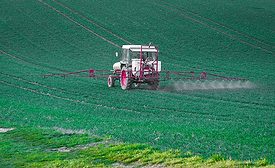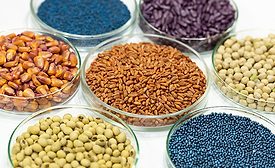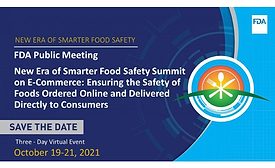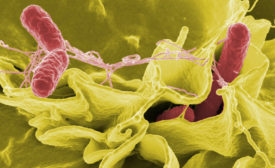Regulatory
The Regulatory Inspection: A Tremendous Opportunity to Build a Relationship
Tips on keeping the peace yet making your point
October 18, 2021
Improving the Safety of Meal Kits: A Holistic Approach
Popularity of meal kits necessitates heightened food safety vigilance
October 18, 2021
Food Safety Insights: 5 Years Later, Part 2
Celebrating the Food Safety Insights partnership with Food Safety Magazine
October 18, 2021
Lessons Learned from 1937
Some lessons are just as relevant today as on the day the events occurred
October 18, 2021
Never miss the latest news and trends driving the food safety industry
eNewsletter | Website | eMagazine
JOIN TODAY!Copyright ©2024. All Rights Reserved BNP Media.
Design, CMS, Hosting & Web Development :: ePublishing










